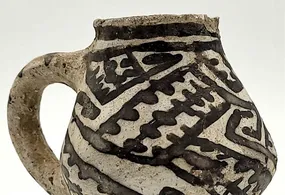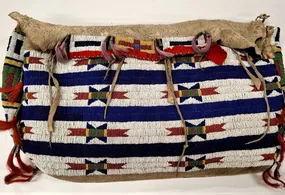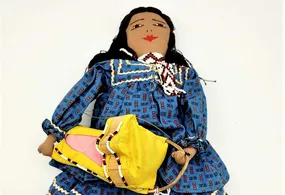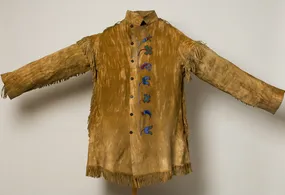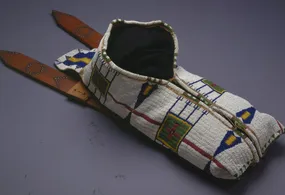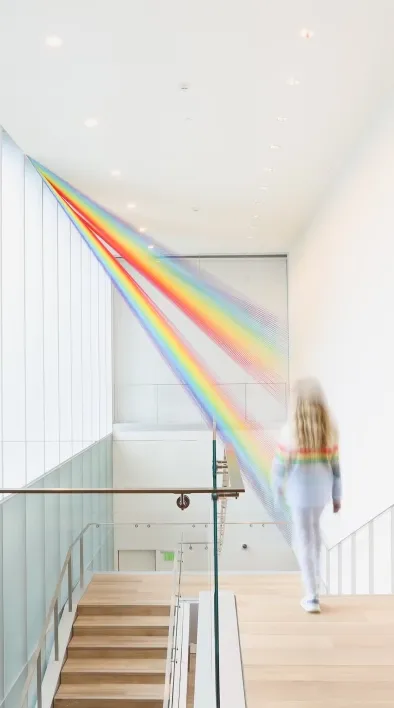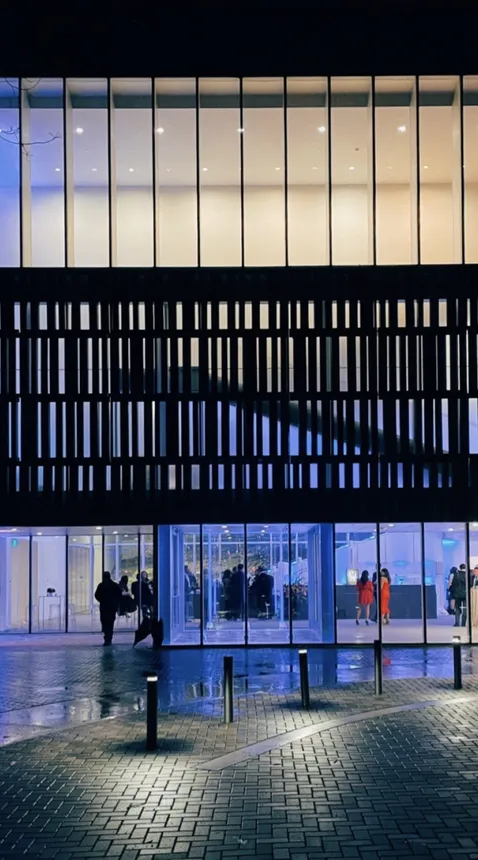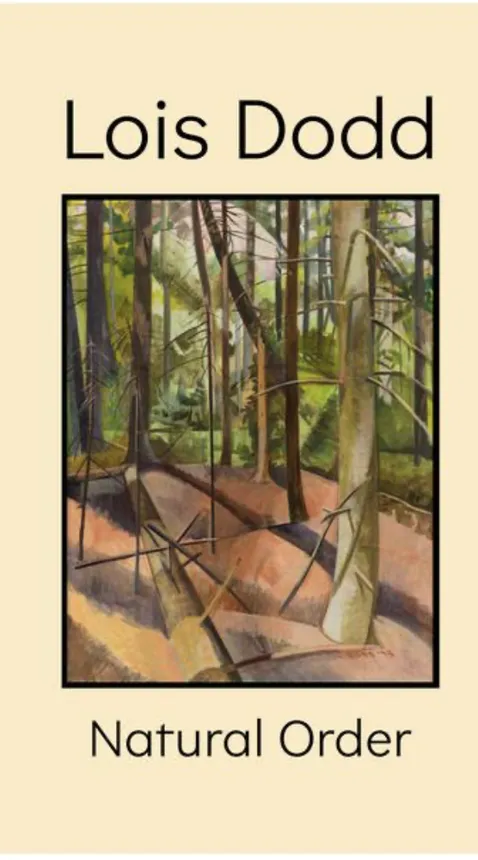
RESOLUTE: Native Nations Art in the Bruce Collection
Exhibition
Showcasing an array of significant objects in the Native Nations Collection of the Bruce Museum, Resolute illustrates a new perspective on Native Nations as historical and contemporary societies, provides new information about the people who built the collection, and introduces now-known artists whose works have been silent for decades.
The story of the Native People of this continent is complex and sometimes dreadful. Random, misguided, and specifically intentional acts – both physical and legislative – forever altered their lives. That story is perhaps best told by the Native People themselves. How the Bruce Museum became the steward of artworks and artifacts created by those diverse groups is a story that can be told.
Showcasing an array of significant objects in the Native Nations Collection of the Bruce Museum, Resolute will illustrate a new perspective on Native Nations as historical and contemporary societies, provide new information about the people who built the collection, and introduce now-known artists whose works have been silent for decades. A highlight will be works by known artists from the Maryann Keller Chai collection.
There are at least two stories behind each object in the Bruce Collection. First, the story of the maker who conceived of and created the object. Second, the person who recognized the importance and the artistic integrity of the object and acquired it for posterity. These stories of our shared American history can and should be told.
In light of important conversations about how museums acquired their collections with honest, yet difficult admissions of expropriation of works by colonialized people, the Bruce Museum has undertaken a study of the acquisition process of its Native Nations collections. With responsibility to the citizens of the Town of Greenwich and beyond, the Bruce has addressed its collection history and the ethical questions related to America’s First Peoples and those who collected their made objects.
New research on the history of the donors has uncovered details about the scientists, soldiers, socialites, and soul-savers who ventured west of the Mississippi to explore, sign treaties, collect art, and bring religion to people they believed were in need.
An examination of the rich Bruce collection has verified the work of numerous known Native artists who made significant contributions to American art history. Identified artists include Tlingit weaver Khaax'eidei.át (19th century), Haida painter Tom Price (1857- 1927), Navajo master silversmith Fred Peshlakai (1896-1974), Paiute doll maker Bessie Winnemucca Greene (19th century), and Hunkpapa Lakota artist and shaman Siyosapa (c.1840-1902).
Ongoing collaboration with Native Knowledge experts and elders from the Mohegan Tantaquidgeon Museum, the Mashantucket-Pequot tribe, the Stockbridge-Munsee Community, the Delaware Tribe, the Choctaw Nation, the Tlingit and Haida Indian Tribes of Alaska, and the Fort Peck Assiniboine & Sioux Tribes has expanded the interpretation of numerous objects in the collection.
The exhibition schedule includes National Native American Heritage Month. The Bruce will join the National Gallery of Art, National Park Service, and Smithsonian Institution in recognizing the rich artistry and traditions of Native Nations through the exhibition, public programming featuring Native Scholars, and educational programs for schools.
The Bruce continues to challenge traditional pedagogies through a continued re-examination of its collection and through collaboration with Native Nations in support of their journey to self-defined autonomy.

